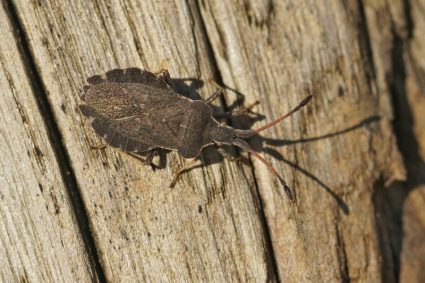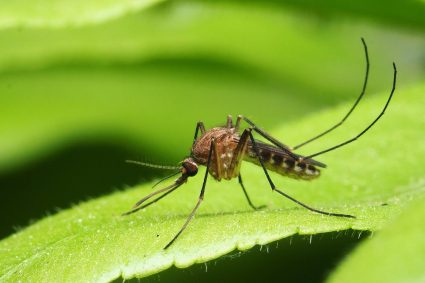
Bats, while crucial to the ecosystem, can become a nuisance when they roost in your home. They can carry diseases, create unpleasant odors, and cause structural damage. If you have found yourself in this predicament, worry not. This comprehensive guide will provide you with step-by-step advice on how to get bats out of your house safely and humanely.
If you want to get bats out of your house, first confirm their presence by looking for signs like their droppings or scratching noises at dusk and dawn. If you encounter a bat, avoid direct contact and try to guide it outside by closing interior doors and opening exterior ones. To remove bats, use natural repellents like peppermint or install one-way exclusion devices over entry points. For severe infestations, consider hiring professional bat removal services. After removal, clean the area thoroughly and seal any openings to prevent future infestations. Always remember to follow local wildlife regulations and opt for humane removal methods.
Identifying the Presence of Bats
The first step is to confirm the presence of bats in your home. Bats are nocturnal creatures, so you may notice them exiting your house around 15 minutes after sunset. You might also hear small squeaking noises, crawling sounds, or scratching noises, particularly at dusk and dawn when they are most active. Other signs include the presence of bat droppings (guano), unexplained odors, and black resin stains on entry and exit points.
Initial Steps to Take When You Find a Bat
If you find a bat in your house, stay calm and avoid direct contact. Bats can carry diseases like rabies, so it’s crucial to avoid handling them with bare hands. Close interior doors to confine the bat to a certain area and make it easier to guide it outside. Open exterior doors and windows to provide a route for the bat to exit on its own. If the bat doesn’t leave, wait for it to land, then gently trap it in a small container. Always wear gloves and protective clothing during this process.
Effective Bat Removal Strategies
There are several strategies for removing bats from your home. Natural repellents such as peppermint, eucalyptus, and cinnamon can deter bats due to their strong sense of smell. Installing one-way exclusion devices over entry points allows bats to exit but not re-enter. These can be left in place for a few days to ensure all bats have left before permanently sealing the openings.
For severe infestations, professional bat removal services are available. These experts use humane methods and follow state and federal regulations to handle bat infestations. They will inspect your home, provide a written estimate, and explain their removal strategy. Look for a company that specializes in bat removal, is licensed and insured, and provides a guarantee against re-entry.
Cleaning and Preventing Future Infestations
After the bats have been removed, clean the affected areas thoroughly to remove bat droppings and any lingering scent that might attract other bats. To prevent future infestations, maintain your house by sealing any new cracks or openings. Consider installing bat houses in your yard to provide alternative shelter for bats.
Legal and Ethical Considerations
When dealing with bats, it’s important to consider legal and ethical aspects. Many bat species are protected by law, so check your local wildlife regulations before attempting any bat removal methods. Always aim for humane removal methods that ensure the safety of bats.
Conclusion
Bats are an essential part of our ecosystem, but they can cause problems when they take up residence in our homes. By using the methods outlined in this guide, you can safely and humanely remove bats from your home, clean and repair any damage they’ve caused, and take steps to prevent future infestations. Remember, if you’re unsure or uncomfortable handling bats, it’s always best to call in the professionals.
Frequently Asked Questions
What diseases can bats carry?
Bats can carry several diseases that are harmful to humans, including rabies and histoplasmosis, a lung disease caused by the spores of a fungus often found in bat guano.
Can I use any type of container to trap a bat?
It’s best to use a small, non-breakable container like a plastic tub or a cardboard box to trap a bat. Ensure that the container has small holes to allow the bat to breathe.
What time of year is best for bat removal?
The best time to remove bats is during the late summer or early autumn. This is after the maternity season, so there are no flightless babies that could be left behind, but before bats go into hibernation.
Are there any specific signs of bat droppings?
Yes, bat droppings, also known as guano, are usually small, about the size of a grain of rice, and shiny due to the insect parts they contain. They often pile up beneath the bat’s roosting spot and can have a strong, unpleasant odor.
Why should I consider installing bat houses in my yard?
Bat houses provide a place for bats to roost outside of your home. Since bats eat insects, having a bat house can help control the insect population in your yard, providing a natural form of pest control.











